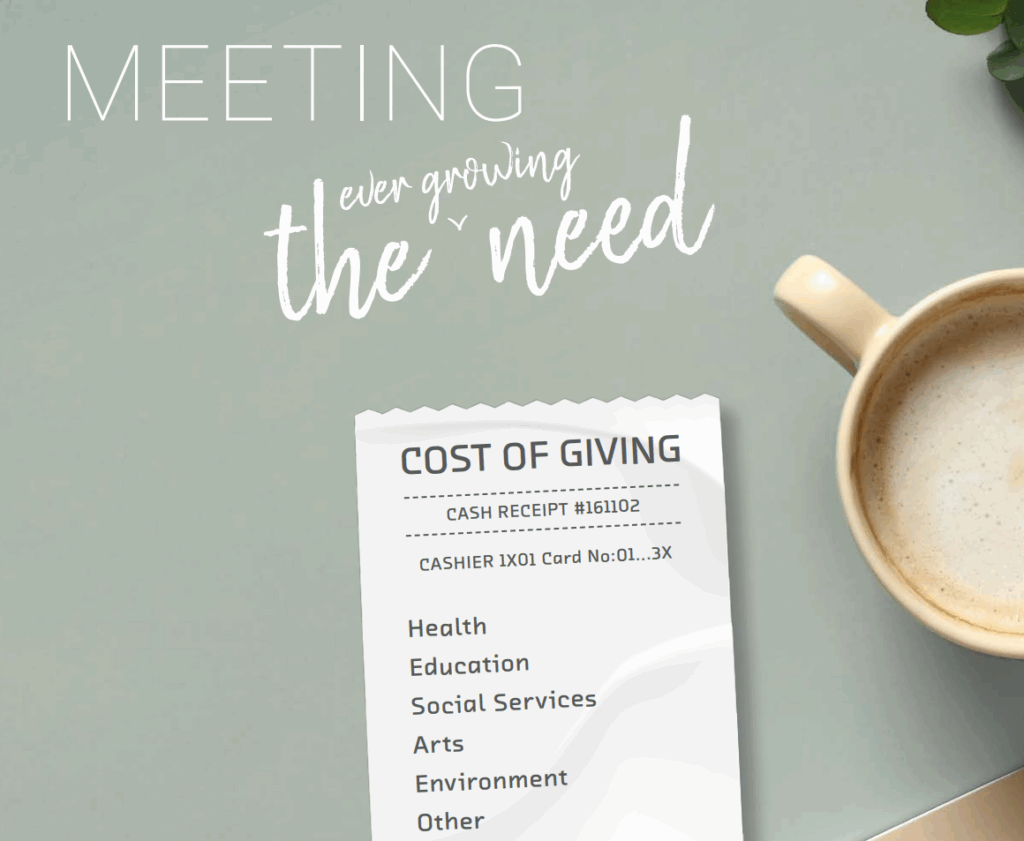This article was originally written and published by Openly Investing.
“Between stimulus and response, there is a place where we choose our response” – Stephen Covey
The origin of the quote is a little mysterious and it is likely that Stephen Covey’s was not the original but an abbreviation of another. However, to my mind it perfectly encapsulates the situation in which we now find ourselves and perhaps, more importantly, that the outcome will be decided by us in how we move forward.
That is quite the statement and a responsibility that we are all going to have to shoulder, not just here in New Zealand but around the world.
Since the New Zealand government moved the nation to alert level 4 on March 25th at 11:59pm, unprecedented sums of money have been appropriated to the economy in a bid to stave off the worst effects of a fallout from the epidemic induced recession in which we find ourselves today. As I have reported in updates 1 to 5, not only are we missing a COVID-19 ‘playbook’, but we are also missing an economic situation where we are able to meaningfully take lessons. This is not a normal recession.
Through the Minister of Finance, the Hon Grant Robertson, the New Zealand government presented and recommended the budget to parliament. As expected, the considerations contained within were squarely focused on addressing the fallout from the epidemic both present and future. It is bold, it is expensive, and it is not without risk.
Overall, it appears the package announced is more stimulatory than originally estimated however, this should not come as a surprise. Throughout, the response to the emerging situation has been decisive and taken a ‘go hard’ early attitude. In my view this is appropriate but what does it mean?
Fortunately for New Zealand, the crisis hit at a time when years of prosperity have left New Zealand’s finances in good health, but the budget will see expenditure that will increase debt as a percentage of Gross Domestic Product (GDP) from 30% today to 54% by 2023.
This is a significant change and it needs to be funded through the issuance of government debt. Indeed, issuance will balloon from approximately $32bn to an extraordinary $165bn over the next four years and $60bn in 2021. Funding this will most likely cause some indigestion and will require investors both here and abroad to participate. Whilst it will not be easy, I believe New Zealand should be well placed to receive the support it requires to achieve this for the following reasons:
• The Reserve Bank of New Zealand (RBNZ) doubled the size of its Large Scale Asset Purchase (LSAP) programme. This form of stimulus is referred to as Quantitative Easing (QE) and involves the purchase of eligible debt and, in effect, partially funds the ongoing government issuance. Put differently, the RBNZ is financing some of the expansionary spending.
• Investor confidence in New Zealand’s abilities to contain COVID-19 will be resilient, in no small part as a result of the response to date, closed borders and the size of our moat – the sea.
Whilst the level of borrowing and issuance is staggering, the positives are that it is aimed squarely at supporting employment which I have previously attested to be the single largest factor in the outcome for New Zealanders and elsewhere. So far, we have seen the level of unemployment here and abroad rise with companies retrenching workers as they adjust to the current environment. This is devastating and a terrible situation in which we find ourselves, but it is the cold realty of recessions and shall take time to resolve. To date, many high profile companies have announced workforce reductions, and many will have intentions to adjust their workforce lower still.
Currently, estimates have unemployment rising from a low of almost 4% to almost 10% in only a matter of months. That is an unprecedented shock and the knock on effects will be real, but it is safe to say that, without the stimulus packages brought to bear thus far, the fallout would be far larger. In addition to previously announced wage subsidies, the budget has provided a further $3.2bn extension to this support. This is a critical component of the budget announcement and sits alongside other employment initiatives that will focus $1.6bn for trades and training. This is a positive, forward thinking, component and provides for skills that will assist the nation going forward. What was a little disappointing was the allocation of an additional $3bn to infrastructure spending which seemed a little low given previously announced increases. With that said, there is a focus on ‘shovel’ ready projects which will bring growth forward. In addition to this, house building is also targeted for additional spend and increased completions.
What is important to note is that, unlike the first wave of stimulus, ongoing expenditure will be far more targeted on the long-term benefits it brings to the economy and not as a simple short term fix. This makes sense as we move from a crisis that witnessed economic implosions around the world, but I trust that it will not unnecessarily delay its deployment.
As I have mentioned in previous updates, there have been no areas of the economy left unscathed by the events of the last few weeks but, without a doubt, the tourism and entertainment industry is the hardest hit and remains so.
The borders remain closed and tourists will not return until it is deemed safe enough to open them but also that confidence to travel returns. As a start, the budget announced $400m to support this important industry but it will most certainly require more over time.
In total, the government has announced a total of $62.1bn of which $12.1bn was announced in March. Of the additional $50bn an enormous $20bn has yet to be allocated. In effect, this is keeping the ‘powder dry’ and allows flexibility to target areas of the economy in the coming days and months without surprising investors and bond markets.
What is still unclear is the prospect of negative interest rates here in New Zealand. This is a topic of clear focus however, after the larger than anticipated growth oriented budget announcement, I believe it is less likely than before, but it most certainly cannot be ruled out.
Whilst any recession is unwelcome, they are an inevitability of the economic cycle and with it, brings pain. As always, different parts of the economy will be affected differently with demand for consumer ‘staples’ such as food the least affected. Conversely, areas of ‘desire’ and discretionary spending will be impacted the most, especially given real fears of unemployment and its effect on people’s well being.
In earlier updates, uncertainty is no one’s friend. It is not the friend of the investor and it is most certainly not the friend of the consumer given rising unemployment which leads to lower spending, house price falls which in turn affects the supply of houses – or put differently, construction. This is a negative feedback loop and it is hoped one that is broken quickly.
2020 will not be a good year. GDP is expected to fall somewhere between 7% and 10% whilst unemployment is estimated to hit almost 10% alongside the possibility of non-existent inflation. However, I would note that in update #5 I posed the question of whether there could be an inflation shock – that inflation could rise significantly given a spike in demand at a time when supply is unable to respond to that demand. This would test the resolve of the central banks – who are tasked with price stability (slowly rising prices) – to keep interest rates low and stimulate the economy at a time when rising inflation would require higher rates. Without a doubt the forecasts are ugly, but they are now known, but at the same time some uncertainty over the outlook has been removed. I would also note that given the uncharted waters, they are almost certainly wrong. Indeed, they may be overtly pessimistic or prove to be overly optimistic. Only time will tell.
WHAT WILL THE FUTURE LOOK LIKE?
We will not know for some time but suffice to say that COVID-19 has changed the world a great deal and its effects will be felt for years to come. Supply chains broke – what will they look like in the times ahead? A population worked from home for weeks on end – what does that mean for transport and office space? How will tourism respond and evolve over time?
It is sobering, but whilst the short-term ramifications of the epidemic have been unprecedented, the economy is already recovering. This will not show up in the economic numbers for quite some time and we should expect the data to get worse over the coming months before it shows signs of improvement. Moving from level 4 to 3 and now 2 has seen economic activity pick up but do not, for one minute, believe it will be plain sailing. It will not. The seas will be turbulent and there will be peaks and troughs among the white water but never lose sight of the horizon.
The time for response has all but passed. Now is the time to recover and rebuild for the future and whilst the budget has taken aim at this, money can only fix so much.
For us to emerge victorious, it will require great resolve which will stem from a feeling of safety. Moving from level 4 to level 3 and now 2 is psychologically important. Moving to level 1 would be greater still even if economically the change is minimal. But for all the positives of these moves, the social and economic benefit will ultimately stem from feeling safe.
Stay the course.
Update #7 will follow shortly.
Tim Chesterfield
Chief Investment Officer, Openly Investing Limited.
15 May 2020
DISCLAIMER
This document is provided for general information purposes only. The information is given in good faith and has been prepared from published information and other sources believed to be reliable, accurate and complete at the time of preparation, but its accuracy and completeness is not guaranteed. Information and any analysis, opinions or views contained herein reflect a judgement at the date of publication and are subject to change without notice. To the extent that any such information, analysis, opinions or views constitute advice, they do not take into account any person’s particular financial situation or goals and, accordingly, do not constitute personalised advice under the Financial Advisers Act 2008, nor do they constitute advice of a legal, tax, accounting or other nature to any persons. To the maximum extent permitted by law, no liability or responsibility is accepted for any loss or damage, direct or consequential, arising from or in connection with this policy or its contents.

18 March | COVID-19 & Global Economy Update #3
The COVID-19 pandemic continues to impact the global economy more significantly than anyone had first expected. Read the 3rd update on global markets from Openly Investing here.

12 March | Crude Oil & COVID-19 Update #2
Crude Oil Continues To Be Impacted By Covid-19 As The Pandemic Continues. Read The Second Update From Openly Investing Ltd.

10 March | Global Economy and COVID-19 Update #1
The first update from Openly Investing Ltd regarding the impact of COVID 19 on global economy



